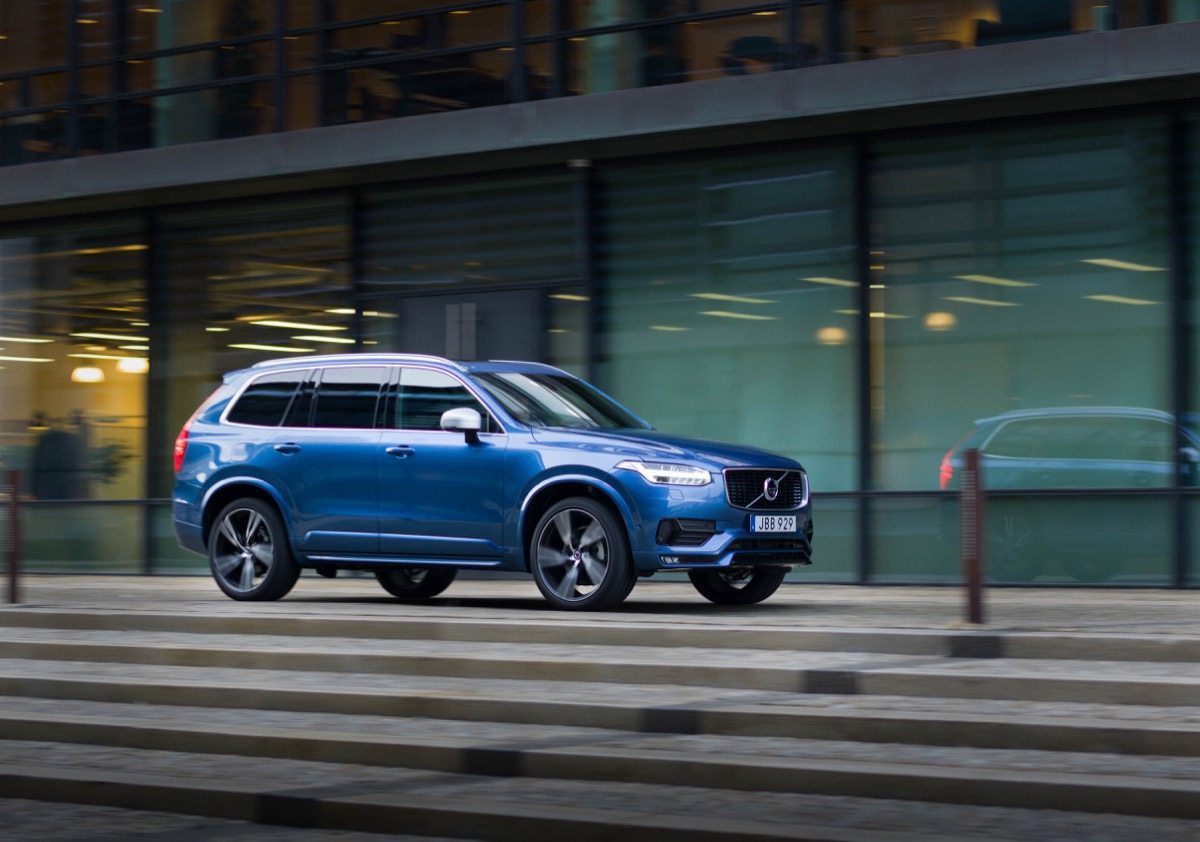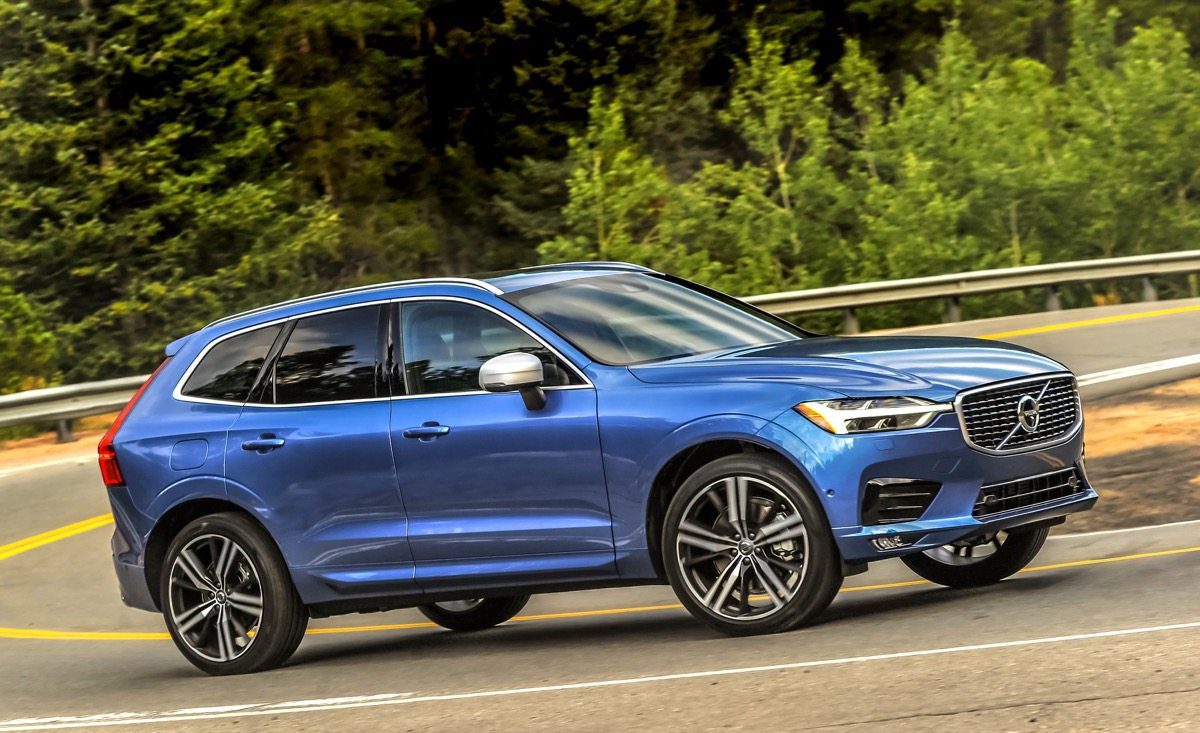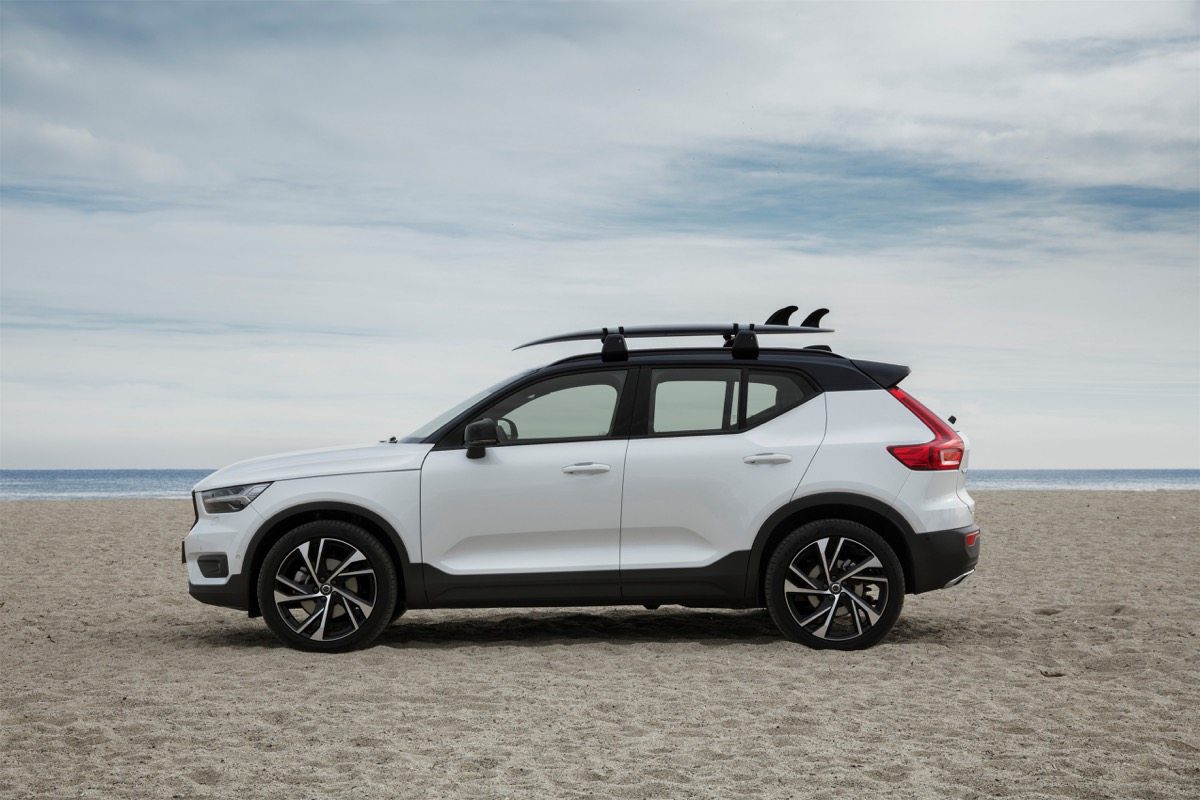Aside from a tiny Italian automaker that barely registered a U.S. presence at this stage of 2017, the Chinese-owned Swedish Volvo brand is America’s fastest-growing automobile marque in the first-quarter of 2018.
Just last year, Volvo seemed to be suddenly slowing down following the surge Volvo enjoyed as a result of the second-generation XC90’s launch. Long awaited, the latest XC90’s arrival masked the unpopularity of Volvo’s cars, causing Volvo’s 2016 U.S. volume to rise to a nine-year high, 51-percent stronger than Volvo’s post-recession low.
But then in 2017, Volvo’s growth stalled as the market’s growth was suspended. The XC90’s rapid rise screeched to a halt.
2018, however, is off to a hot start. Compared with the first-quarter of 2017, Volvo’s U.S. sales so far this year are up 49 percent.
The fact that XC90 sales are once again flying high certainly helps. Improved availability of the global hit are on track to explode past Volvo USA’s historic highs. If the current rate of growth continues, Volvo could sell more than 50,000 XC90s in the United States in 2018, having never topped the 40K barrier in the past.
But at the heart of Volvo’s 2018 Q1 improvement is the brand’s wagons.
Wagons?
We’re kidding.
Wagons only account for 8 percent of Volvo’s sales, and of the 1,614 wagons Volvo has managed to sell in early 2018, 71 percent are V60 and V90 Cross Country models: the high-riding quasi SUVs.
No, the latest force behind Volvo’s rising demand is the second-generation XC60. Like the first XC90, the first XC60 hung around too long, stretching nearly a decade with few meaningful updates. With the arrival of an all-new, exceptionally handsome XC60 in one of the hottest corners of the market – fighting the Mercedes-Benz GLC, Audi Q5, and BMW X3, among others – the XC60’s U.S. sales have risen 61 percent, year-over-year. The XC60 now accounts for three out of every ten Volvo sales in America.
Throw in the arrival of the new Volvo XC40 (an effective challenger for the underwhelming Audi Q3, Mercedes-Benz GLA, BMW X1, and Infiniti QX30) and its 1,079 year-to-date sales and Volvo is far, far, far more of a SUV company than a wagon company. The XC40, XC60, and XC90 create 72 percent of the brand’s sales, well above the industry average for light trucks.
Strong XC demand isn’t enough to make Volvo a major premium player in the United States. Audi sells roughly 150-percent more vehicles. BMW sales are nearly four times stronger. Even Infiniti, by no means a luxury powerhouse, is selling twice as many vehicles as Volvo.
But at the current pace, Volvo could sell more than 120,000 vehicles in the United States this year. Volvo hasn’t sold more than 100,000 vehicles in America since 2007.
That was the year Volvo unveiled a concept version of the XC60 in Detroit at the North American International Auto Show. The XC40 wasn’t even a figment in the imagination of Volvo product planners. In 2007, Volvo had a few years left in its partnership with Ford Motor Company.
Little more than a decade later, Volvo is selling more vehicles around the world than ever before. U.S. momentum is a big part of that record performance. Volvo’s Chinese sales rose 23 percent to 28,768 in the first-quarter, European Volvo sales were up 6 percent to 79,512, and smaller markets contributed an 11-percent rise to 19,044 units.












